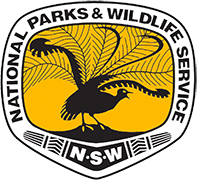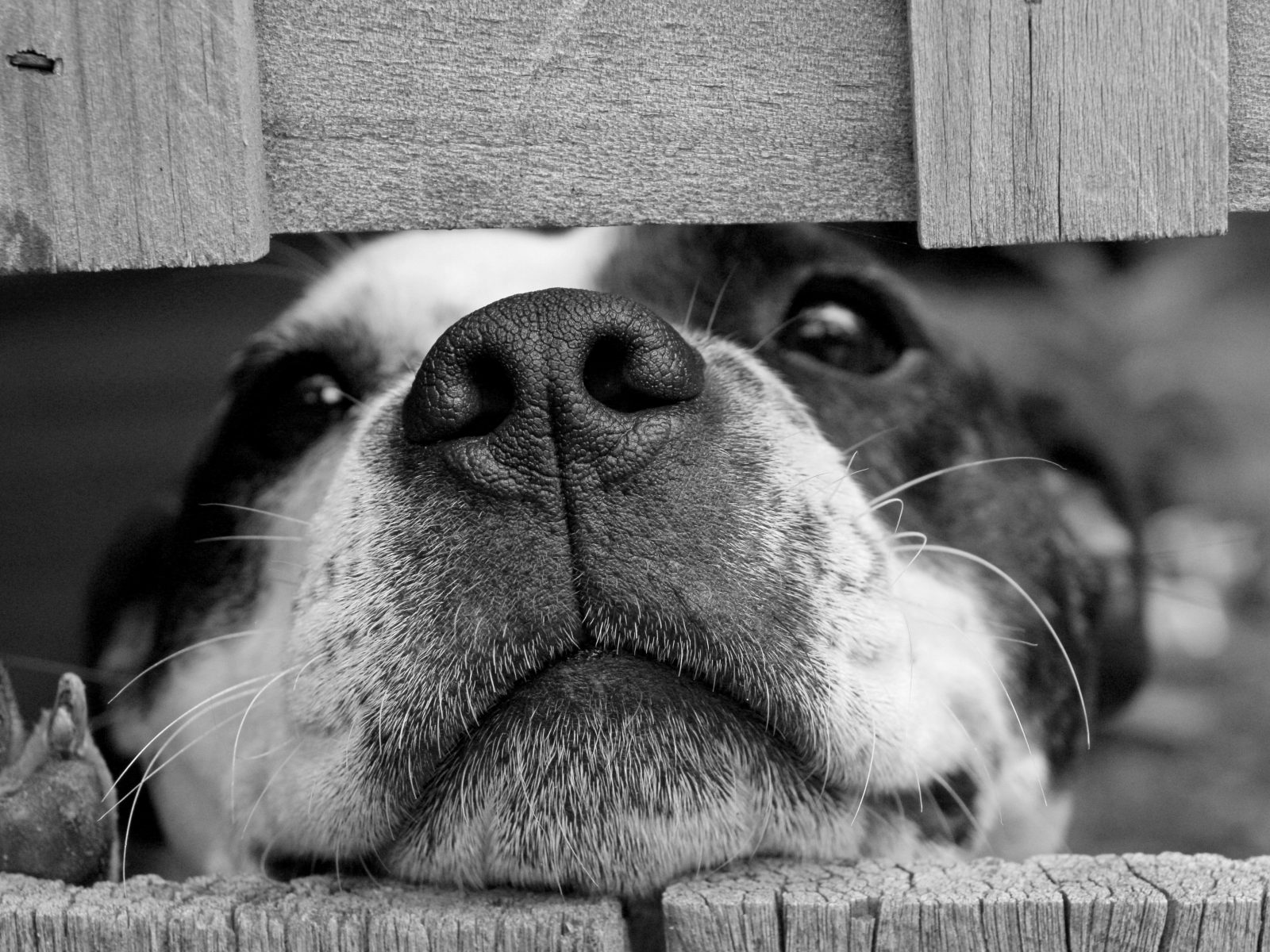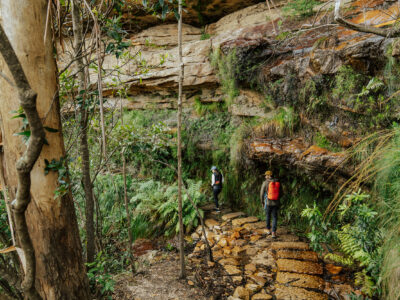We get that you want to spend time with your dog in nature. And that your dog is probably better behaved than most humans you know. But there are some pretty good reasons why you can’t bring dogs into NSW national parks. Spoiler alert: most of them have nothing to do with whether your pup is a very good boy.
-
1/6
Your dog can get sick or hurt
 Photo Information
Photo InformationBeing sick is awful. Let alone your best friend.
Pexels
There are so many ways dogs can get hurt in national parks. For example, we place baits in national parks to try and eliminate foxes and other introduced species. If your dog eats or comes into contact with them, it could be fatal. It’s also pretty easy for your dog to get injured, sunburned, dehydrated or even bitten by paralysis ticks, snakes and other animals.
Did you know? Kangaroos can be dangerous when threatened. They’ve been known to attack dogs with their sharp claws and drown them if they’re playing near water.
-
2/6
Yep, your dog is the exception
 Photo Information
Photo InformationDogs are welcome at Leacock Regional Park
Leacock Regional Park
John Spencer/DPIE
Just because your dog is perfectly behaved, doesn’t mean everyone’s is. Unfortunately, not all dog owners keep their dog on a leash and pick up after them. Dogs can unintentionally crush sensitive plants and small animals, and their mess can pollute waterways. We know your dog is the exception, but we just can’t risk it. That’s why anyone who brings a dog into a national park can get fined.
-
3/6
Dogs can stress native animals out
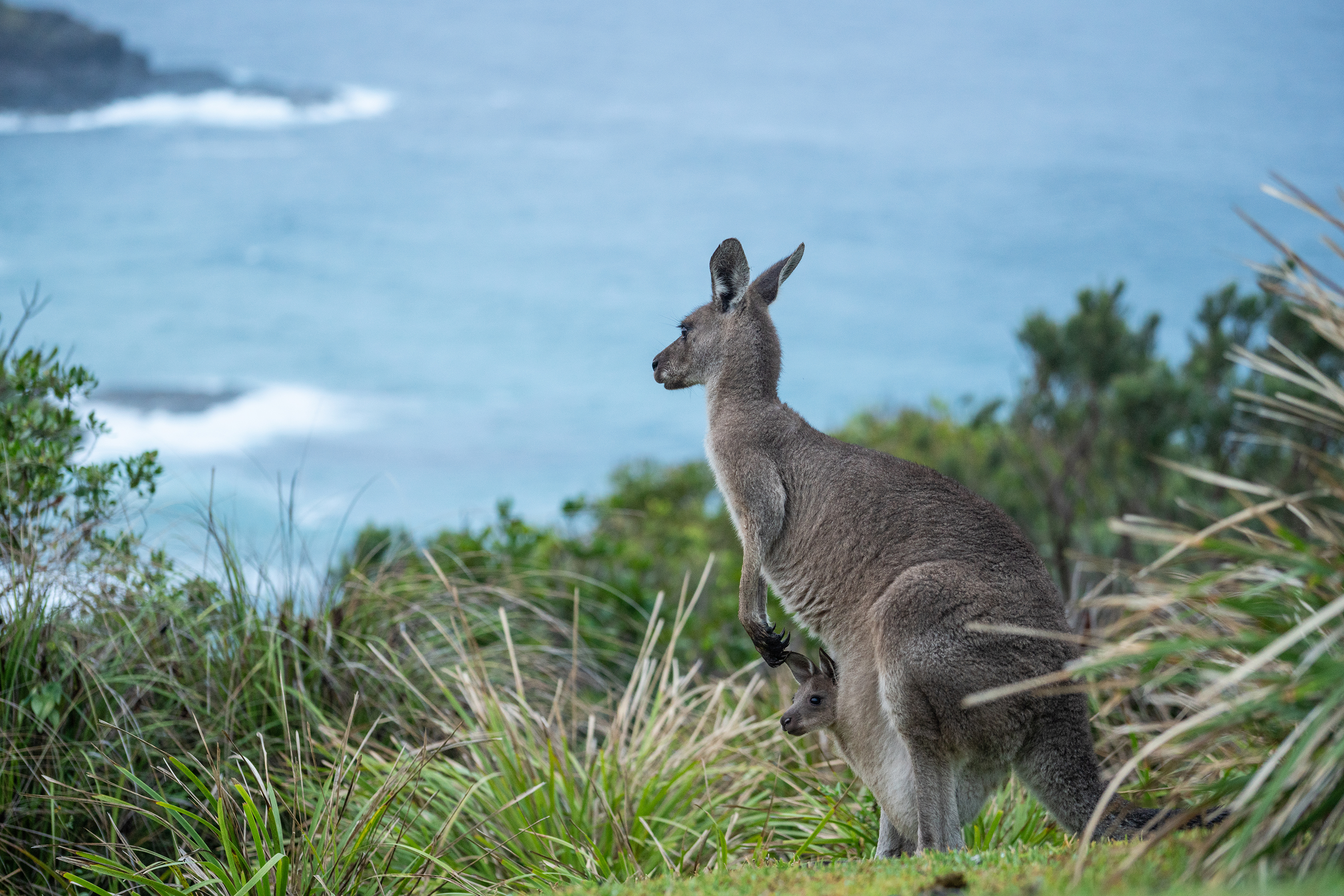 Photo Information
Photo InformationWe’re sharing the local roos backyard. #respect
Hat Head National Park
Rob Mulally/DPIE (2019)
Native animals like wallabies, possums and lizards can get stressed around dogs, even if your pet is really well behaved. Basically, they pick up on your dog’s scent in the area and think it’s a predator. This can force them away from places where they normally access food and shelter. In some cases, abandon their young. So even if your dog is really placid, it’s still stranger danger to wildlife.
Did you know? Simply walking your dog in the same vicinity as nesting shorebirds is enough of a threat and can cause a nesting pair to abandon the nest site or egg. The survival of young birds is key to the future of these animals. So, keeping your dogs out of national parks and nature reserves really helps!
-
4/6
Not everyone loves dogs
 Photo Information
Photo InformationPexels
Let’s be honest, not everyone loves your furry friend as much as you do. Some people are actually super allergic to dogs, or have an illness where they can’t come into contact with pets. Other people just don’t like dogs or are quite frightened of them. Leaving your dog at home means everyone can enjoy our beautiful national parks and nature reserves.
-
5/6
We’re protecting wildlife from disease
View this post on InstagramDogs carry a whole heap of diseases that aren’t a problem for humans, but can be devastating to native plants and animals. Like phytophthora cinnamomi (a root fungus) or Myrtle rust (a leaf fungus), which can kill entire forests of trees. Oh no!
But, why is NPWS allowed to have domestic animals in national parks and nature reserves? Well, our job is to protect native plants and animals, so we’ll do what we can to keep these diseases out of our national parks. We use specially trained domestic animals particularly dogs for park management activities such as weed detection. Detection dogs like Connor (pictured above) and Sally (in video below) are essential in helping us find invasive weeds such as the orange hawkweed, currently threatening Kosciuszko National Park and the surrounding region.
-
6/6
Don’t worry, you can still enjoy a dog-friendly day out
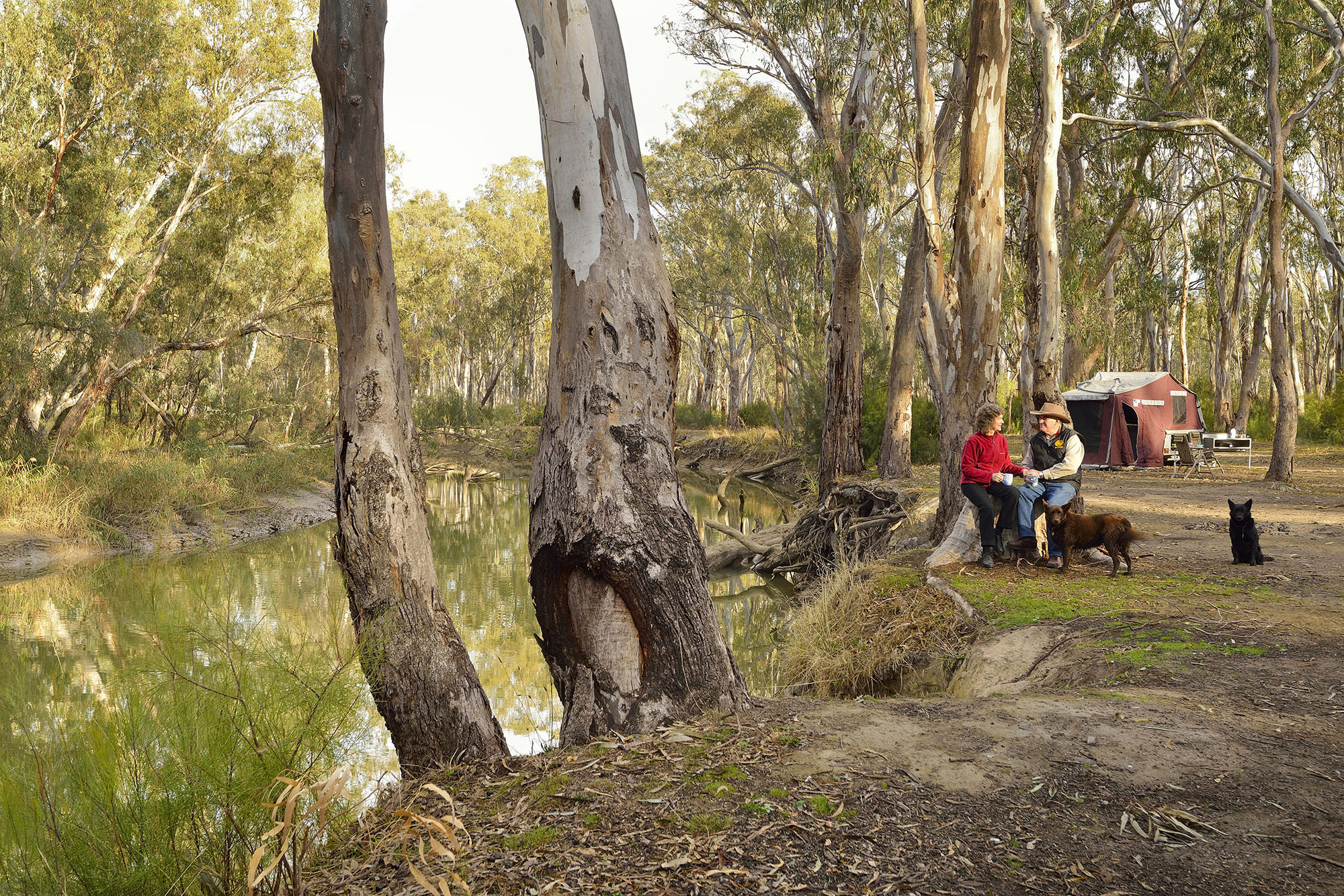 Photo Information
Photo InformationEdward River Bridge picnic area and campground, Murray Valley Regional Park is a dog friendly park.
Edward River Bridge campground
Murray Valley Regional Park
DPIE
There are plenty of places to take your dog for a day out. That includes all NSW State Forests and some NSW Regional Parks – there are even some where you can camp overnight. For example, Parramatta River Regional Park is a great spot near Gladesville where you can bring your dog and enjoy a picnic with the family.
Another great option in the heart of Sydney is Wolli Creek Regional Park.
Importantly, people with a disability can have their trained assistance animal in areas open to the public. We recommend the local NPWS Office is contacted before entering the park or nature reserve, in case NPWS need to make any arrangements to ensure a safe and enjoyable visit.
So you see, we just want to keep everyone safe and healthy: your dog, other visitors and the plants and animals that call our national parks home. To find out more, check out our Pets in Parks Policy.
